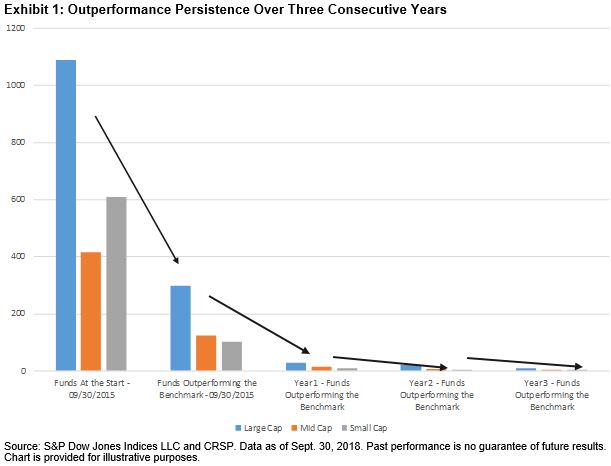At the recent Australian Indexing & ETF Masterclass series held in Melbourne & Sydney, we asked the audience, 83% of whom were Financial Advisers, a number of questions using a mobile-enabled polling tool. Over 260 people attended the Masterclass across the two cities, and 189 of these people used the polling tool. 767 discrete votes were received across the six polls that we conducted. The results provide a snapshot of Financial Adviser views on ETFs, current usage, planned future usage and the prime considerations in selecting ETFs. Let’s look at the results in detail.
Our first poll asked the audience to nominate a range that represented their usage of ETFs in client portfolios. The largest response was for the highest range.

- A full 29% of advisers indicated that between 76-100% of their client portfolios use ETFs;
- 12% of respondents indicated that their client portfolios use between 51-75% ETFs; and
- 24% of respondents polled said that between 26-50% of their client portfolios were ETF driven.
These results combined indicate that 65% of advisers are using ETFs for at least 25% of their client portfolios.
Our second poll question asked attendees the split between Australian-listed vs internationally-listed ETFs used in client portfolios. The splits reported were as follows:
- 16% of respondents only use Australian-listed ETFs;
- 16% of respondents mainly use Australian-listed ETFs;
- 46% of respondents split usage 50:50 between Australian-listed and internationally-listed ETFs;
- 18% of respondents mainly use internationally-listed ETFs;
- 4% of respondents only use internationally-listed ETFs.
Our third poll sought to ascertain the indexing and ETF topics in which attendees are most interested. The results came out as follows:

- 35% of poll responses nominated Equities & Sectors;
- 22% nominated Smart Beta/Factors;
- 15% nominated Fixed Income;
- 13% went for ESG; and
- 10% put their hands up for Commodities.
We also asked attendees, whether they expect their usage of ETFs to increase over the next 12 months:
- 76% indicated their use of ETFs will increase;
- 21% indicated there would be no change in use; and
- 3% indicated their use of ETFs will decrease.
When asked a follow up question, as to the expected increase in ETF use over the next 12 months respondents provided the following results:
- 12% expect to increase usage by 81-100%;
- 12% expect to increase usage by 61-80%;
- 20% expect to increase usage by 41-60%;
- 32% expect to increase usage by 21-40%;
- 22% expect to increase usage by 1-20%; and
- 2% expect no increase in their use of ETFs.
Our final poll questions to the Masterclass audience asked what their prime considerations are when selecting ETFs. The results were as follows:

- 32% look to the ETF issuer’s reputation in making a selection;
- 22% look at the liquidity of the ETF and 22% also consider the expense ratio;
- 13% consider past performance; and
- 10% consider the Index provider’s reputation.
These results, pleasingly, demonstrate that there is a propensity to increase the use of ETFs as tools within client portfolios to achieve investment objectives. While just over 1/3 of respondents nominated Equities and Sectors as their topic of greatest interest, it is also pleasing that other topics have a solid level of interest also, indicating, that while equities are the core of ETF use, other asset classes are also on advisers’ radar.
The responses also provide valuable insights into the topics that we can address at future adviser-facing events, including our 10th Annual Indexing and ETF Masterclass scheduled for Q1, 2020.
The posts on this blog are opinions, not advice. Please read our Disclaimers.


















































